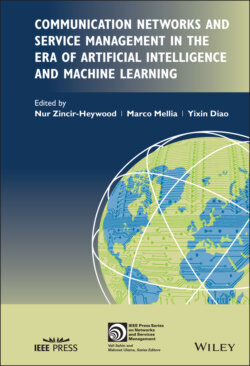Читать книгу Communication Networks and Service Management in the Era of Artificial Intelligence and Machine Learning - Группа авторов - Страница 20
1.2.2 Syslog Protocol
ОглавлениеSimilarly to SNMP, the Syslog protocol family [7] offers mechanisms for collection of logging information. Initially used on Unix systems and developed since 1980, the protocol introduces a layered architecture allowing the use of any transport protocols. The Syslog protocol enables a machine to send system log messages across networks to event message collectors. It implements a push approach, where the devices send information to the collectors. The protocol is simply designed to transport and distribute these event messages, enabling the centralized collection of logs from servers, routers, and devices in general. Differently from SNMP – Syslog does not allow to distribute any configuration, which shall be achieved using other communication channels.
Messages include a facility code and a severity level. The former identifies the type of program that is logging the message (e.g. kernel, user, mail, daemon, etc.). The latter defines the urgency of the message (e.g. emergency, alert, critical, error, warning, debug, etc.). This allows for simple filtering and easy reading of the messages. When operating in a network, syslog uses a client‐server paradigm, where the collector server listens for messages from clients. Born to leverage User Datagram Protocol (UDP), recent versions support TCP and Transmission Level Security (TLS) protocol for reliable and secure communications.
Syslog suffers from the lack of standard message format, so that each application supports a custom set of messages. It is common that even different software releases of the same application use different formats, thus making the parsing of the messages complicated by automatic solutions.
